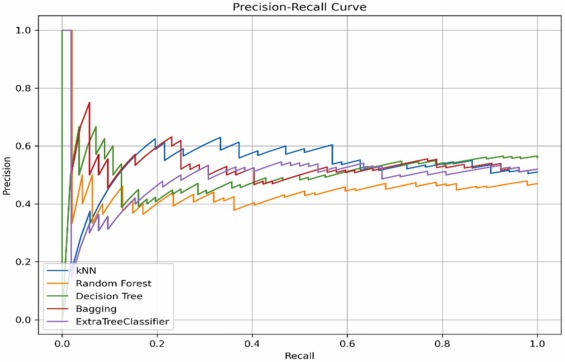
Revolutionizing the Lanes: How a Novel Physics Model Could Transform Competitive Bowling Forever
In a remarkable advancement at the crossroads of physics and sports, a global consortium of researchers has developed an intricate mathematical model that has the potential to reshape competitive bowling strategies. Utilizing sophisticated physics simulations and differential equations, the group has identified the ideal conditions for achieving consistent strikes—possibly changing the way elite bowlers prepare, plan, and perform.
The research, published in AIP Advances, addresses a crucial—and hitherto unresolved—issue in professional bowling: accurately forecasting the trajectory of a bowling ball on a lane under various conditions. This model stands as one of the most advanced efforts to convert the intricate interplay between ball mechanics and lane physics into a practical set of guidelines for players and coaches.
Grasping the Physics of the Ideal Strike
To onlookers, bowling might seem simple, but seasoned players understand the intricate balance of forces involved. Each ball roll entails multiple interacting factors, such as:
– Ball velocity (initial speed)
– Launch angle
– Angular velocities (spin)
– Friction between the lane and the ball, primarily influenced by the oil pattern
Up until now, even skilled bowlers have primarily depended on empirical data and intuition developed through extensive practice. However, with this new model—created with contributions from scientists at esteemed institutions like Princeton University, MIT, the University of New Mexico, Loughborough University, and Swarthmore College—bowlers can now rely on precise physics-driven simulations to guide their strategies.
“It’s about transforming a profoundly tactile sport into one grounded in analytical rigor,” remarked Curtis Hooper, one of the lead researchers. “Our model equips bowlers and coaches with a scientific framework to hone in on optimized strategies—not merely for average success, but for consistently high-performance results.”
The Influence of “Miss Room” and Friction Parameters
A standout feature of the model is its integration of a “miss room” calculation—a metric aimed at capturing human inconsistency. Even the most skilled bowlers do not release the ball identically every time. By including this intrinsic variability in the calculations, the model can uncover targeting approaches that provide the greatest leeway for errors.
This methodology allows for what could be termed tolerance-based targeting—selecting a line or path that accommodates minor miscalculations through natural compensations by lane conditions. For instance, when a ball traverses the boundary between two distinct oil conditions—like moving from a high-friction to a low-friction surface—slight variations in angle or release are naturally corrected by the physical forces acting on the ball. The more accommodating the trajectory, the greater the chances of a positive outcome.
“Elite bowlers have always sensed that specific areas of the lane just ‘perform better’,” Hooper observed. “But we can now quantitatively illustrate why that occurs and pinpoint those ideal paths.”
Applying Science to the Bowling Venue
Mark Davidson, a seasoned bowling coach at Pine Creek Lanes, asserts that the implications for training and talent development are tremendous.
“This eliminates much of the uncertainty from a significant portion of what we teach,” Davidson stated. “Envision the ability to analyze a player’s performance scientifically rather than relying solely on instinct. It’s revolutionary.”
By converting complex equations and simulations into easily understandable insights, the researchers aspire to connect theory and practice—empowering not only elite players but also casual bowlers, coaching teams, and equipment manufacturers. Possible applications include:
– Training resources that assist bowlers in visualizing optimal ball trajectories
– Custom bowling ball designs tailored to specific oil patterns
– Tournament strategies informed by trajectory data
– Lane maintenance tactics that align with individual play styles
An Expanding Sport with High Stakes
Even though it sometimes flies under the radar within the broader sports arena, bowling is among the most popular recreational activities in the U.S., engaging over 45 million regular participants. At the professional level, the sport features millions of dollars in prize money each year, and players are increasingly confronted with intricate, custom-engineered lane oil patterns in high-pressure scenarios.
This nascent research arrives at a pivotal time when scientific insights may hold unprecedented value.
What Lies Ahead?
The development team doesn’t intend to halt here. Plans are in motion to enhance the model further by integrating additional real-world elements such as:
– Variations in lane contour
– Asymmetrical bowling ball designs
– Long-term lane wear and oil displacement effects
The scientists are also pursuing collaborations with professional bowlers, coaches, and equipment manufacturers to assist in testing and validating their findings in real-world competitive environments.
Ultimately, the synthesis of science and sport heralds a promising future for bowling. By connecting physics with performance, this innovative model may unveil heightened levels of skill, consistency, and comprehension—ushering in a new chapter for one of America’s cherished pastimes.
For those dedicated to mastering the art and science of bowling, the journey to the perfect strike just